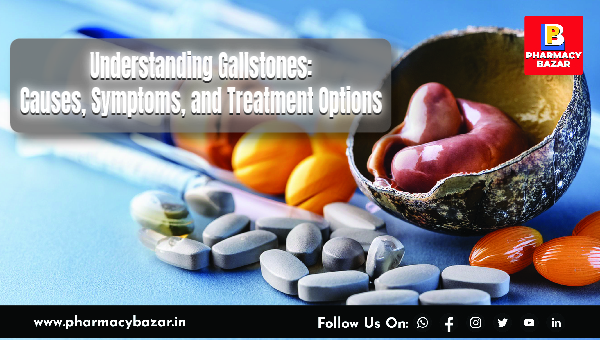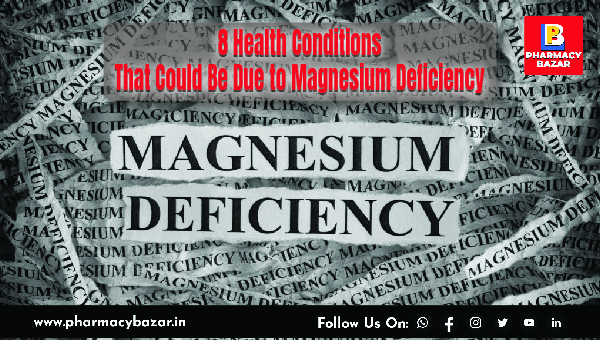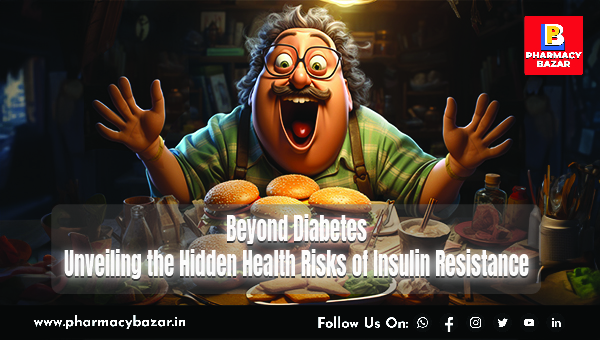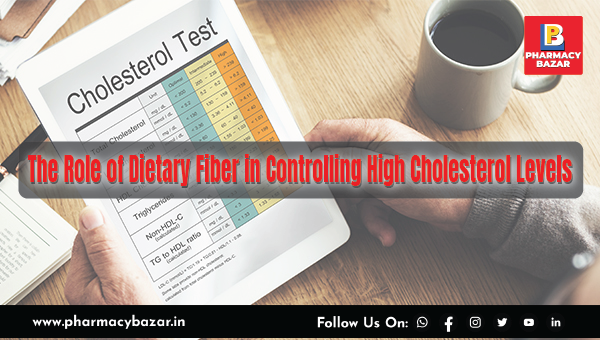The Role of Dietary Fiber in Controlling High Cholesterol Levels
Apr 12, 2024
Abstract:
High cholesterol, characterized by elevated levels of low-density lipoproteins (LDL) in the bloodstream, poses a significant risk factor for cardiovascular diseases. This article elucidates the mechanisms by which dietary fiber aids in regulating cholesterol levels. Fiber-rich foods, such as oats, beans, lentils, and fruits, contain soluble fiber that effectively reduces LDL cholesterol by inhibiting its absorption in the gut. Moreover, fiber consumption enhances high-density lipoprotein (HDL) cholesterol, facilitating the removal of LDL from circulation. Understanding the pivotal role of fiber in cholesterol management underscores its importance in promoting cardiovascular health.
Introduction:
High cholesterol, marked by an excess of LDL in the blood, predisposes individuals to various cardiovascular ailments. While cholesterol is essential for cellular function and vitamin synthesis, its imbalance can lead to detrimental health outcomes. Dietary interventions play a crucial role in modulating cholesterol levels, with fiber emerging as a promising strategy. This article explores the impact of fiber-rich foods on cholesterol regulation, emphasizing their significance in preventive healthcare.
Cholesterol Metabolism and Lipoprotein Dynamics:
Cholesterol, a lipid synthesized primarily by the liver, serves as a structural component of cell membranes and a precursor for vital hormones. However, cholesterol transport in the bloodstream necessitates carrier molecules known as lipoproteins. Among these, LDL transports cholesterol from the liver to peripheral tissues, contributing to plaque formation in arteries, whereas HDL facilitates cholesterol removal from tissues, promoting its excretion via the liver.
The Role of Dietary Fiber in Cholesterol Management:
Consumption of soluble fiber-rich foods exerts beneficial effects on cholesterol levels by modulating its absorption and metabolism. Soluble fiber forms a gel-like substance in the gastrointestinal tract, effectively entrapping cholesterol and preventing its assimilation into the bloodstream. Consequently, LDL cholesterol levels decline, mitigating the risk of atherosclerosis and cardiovascular events.
Fiber-Mediated Enhancement of HDL Cholesterol:
In addition to reducing LDL cholesterol, dietary fiber exerts a favorable impact on HDL levels, thus promoting cholesterol clearance from circulation. Enhanced HDL functionality facilitates the reverse cholesterol transport pathway, wherein excess cholesterol is transported to the liver for excretion. By bolstering HDL levels, fiber intake contributes to cholesterol homeostasis and cardiovascular health maintenance.
Conclusion:
In conclusion, dietary fiber represents a cornerstone in the management of high cholesterol levels and the prevention of cardiovascular diseases. Through its dual action of lowering LDL cholesterol and augmenting HDL cholesterol, fiber-rich foods offer a natural and accessible means of promoting cardiovascular health. Integrating fiber into dietary regimens underscores its significance as a preventive measure against cholesterol-related morbidity and mortality.
DISCLAIMER: This article is the property of Pharmacy Bazar and is protected by copyright laws. The information provided in this article is for educational and informational purposes only and is not intended to be a substitute for professional medical advice, diagnosis, or treatment. Always seek the advice of a qualified healthcare provider with any questions you may have regarding a medical condition. Never disregard professional medical advice or delay in seeking it because of something you have read in this article. The author and publisher of this article do not endorse any specific treatments, procedures, or products mentioned in this article.
Recent Post

Blood Cancer: Early Warning Signs and Diagnosis

Understanding Gallstones: Causes, Symptoms, and Treatment Options

Navigating Diabetes Medications: Benefits and Side Effects

Revolutionizing Cancer Treatment: How Unleashing T Cells' Energy Could Transform Immunotherapy

The Power of Lower Back Stretches: Benefits and Best Yoga Asanas for a Healthy Spine

8 Health Conditions That Could Be Due to Magnesium Deficiency

Unlocking Brain Health: How Lifestyle Choices Impact Cognitive Functions

When Speech Takes a Surprising Turn: Unraveling Foreign Accent Syndrome

The Optimal Time to Take Your Vitamin D Supplement: Insights and Best Practices

Beyond Diabetes: Unveiling the Hidden Health Risks of Insulin Resistance

